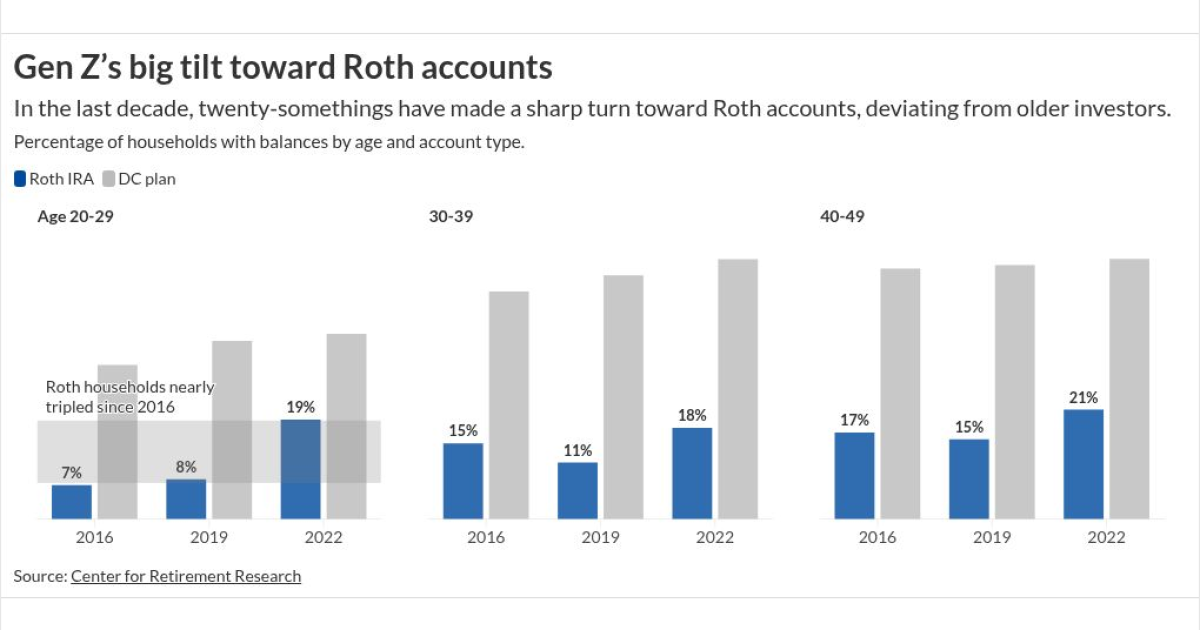Tokenized money market funds (MMFs) are emerging as a next‑generation “cash equivalent,” offering institutions faster settlement, collateral flexibility, and enhanced auditability. Recent industry pilots from Franklin Templeton, DBS, Ripple, Goldman Sachs, and BNY Mellon suggest that on-chain liquidity tools may soon play a major role in Treasury operations. Here’s what portfolio managers, treasurers, and risk officers need to know — and do — today.
Potential Opportunity
Money market funds have long served as the financial system’s go-to instrument for liquidity, capital preservation, and short-term yield. The market infrastructure for these products, in an increasingly digital and global marketplace, is lagging.
Tokenized MMFs are regulated fund shares issued and settled as blockchain-based tokens. They offer a path to compress settlement cycles, optimize collateral, and redefine how institutions manage cash.
Given the size and scale of market, a burgeoning market structure is in early stages. Total assets held in global money market funds stand at around $10 trillion while assets under management in tokenized funds are just a few billion dollars. However, recent implementations show serious momentum and real use cases.
Recent Initiatives: From Proof to Pilot
Piloted programs by some of the largest custodians and digital and financial institutions offer a guide.
DBS, Franklin Templeton, and Ripple collaborated in Singapore to tokenize the sgBENJI MMF on the XRP Ledger. The tokenized version of this government-backed fund can now be held alongside stablecoins and used for on-chain settlement and collateral posting.
Goldman Sachs and BNY Mellon, through BNY’s LiquidityDirect platform, are enabling institutional access to tokenized MMF shares on a private ledger. This structure maintains regulatory familiarity while introducing blockchain-based speed and interoperability.
These initiatives suggest a rethinking of cash management. The idea isn’t to replace money, rather it’s to upgrade how money market fund shares move and settle in institutional workflows.
Portfolio Impact: Why It Matters
The promise of a more streamlined, efficient and timely process is at the core of these trials.
1. Faster Liquidity Deployment
Tokenized MMFs allow fund shares to move across custodians or counterparties in near real time. That means faster execution for redemptions, trade settlements, or margin calls, without waiting for T+1 or T+2 cash wires.
2. Collateral That Works Harder
Traditional MMFs are difficult to mobilize quickly across platforms. As tokens, they become programmable and composable, allowing for reuse, dynamic posting, and integration into real-time settlement engines.
3. Operational Efficiency
On-chain records offer an immutable audit trail, reducing reconciliation errors and providing instant transparency into fund movements. That reduces reliance on manual compliance processes or delayed reports.
4. Yield Without Delay
Tokenized MMFs preserve yield while offering faster settlement. That minimizes the “cash drag” of keeping idle balances tied up in pre-funded accounts or margin buffers.
Measured Adoption
While the technology is ready, structural challenges remain including:
Custody and Interoperability: Different platforms use different ledgers. Without shared standards, liquidity could fragment, and collateral reuse becomes less viable across counterparties.
Regulatory Ambiguity: Institutions remain cautious due to lack of clarity around how tokenized MMFs are classified and treated, especially under US law. Custody rules, transfer agent duties, and investor protections must be adapted for on-chain finance.
Infrastructure Readiness: Most custodians, fund administrators, and auditors aren’t yet integrated with blockchain infrastructure. That slows internal approval and onboarding.
A Break in the Clouds: The CLARITY Act
In the background, pending US legislation such as the Digital Asset Market Structure and Clarity Act (or CLARITY Act) could help address some of the legal uncertainty around tokenized assets. While not specific to MMFs, the bill aims to delineate regulatory boundaries for digital securities, commodities, and stable-value instruments — potentially reducing legal tail risk for projects that tokenize regulated funds.
Coinbase CEO Brian Armstrong has described the Clarity Act as “foundational” to unlocking institutional adoption and building trust in blockchain-based market structures. Should the bill become law, institutions may feel more confident piloting tokenized fund products at scale.
What Portfolio Professionals Should Do Now
Investment professionals can take these practical steps while regulation and infrastructure continue to mature:
Pilot in Controlled Environments: Work with providers who offer sandboxed access to tokenized MMFs. Evaluate how these funds perform in daily treasury workflows or during high-volatility events.
Review Legal Risk: Assess how tokens are structured. Is the instrument legally enforceable? How is redemption handled? What happens in a dispute?
Engage Custodians and Administrators: Ask service providers about tokenization roadmaps. Will they support blockchain‑based custody or transfer? What controls are in place?
Stress-Test Settlement Cycles: Model the impact of faster settlement on liquidity and risk metrics. Could tokenized MMFs reduce overnight balances or shorten working capital cycles?
Monitor Regulation: Stay informed on developments like the Clarity Act. Changes to legal definitions could reduce friction or create new obligations.
Conclusion
Tokenized MMFs are not theoretical. They are regulated funds wrapped in a faster, more composable delivery mechanism and are on the cusp of development. If implemented well, they offer the promise of yield, transparency, and real-time mobility all within a structure institutional investors already know.
For cash managers, CIOs, and risk officers, tokenized MMFs may soon become not just a portfolio option but a new operational standard.
Comparative Table: Traditional MMFs vs Tokenized MMFs


























